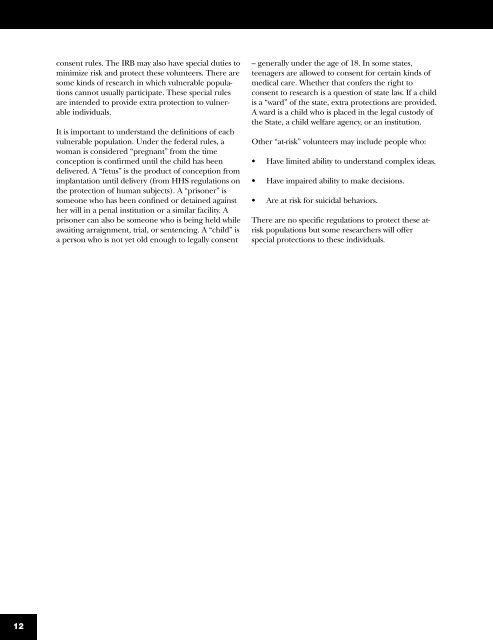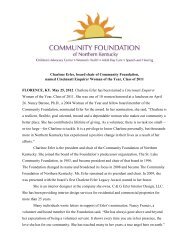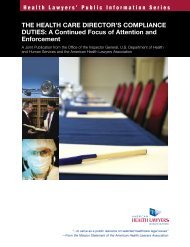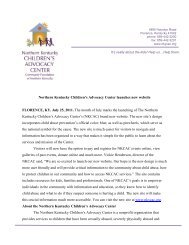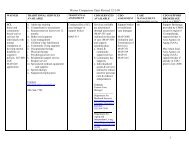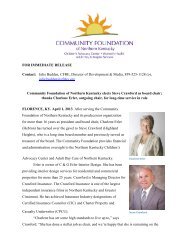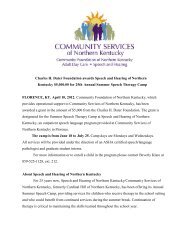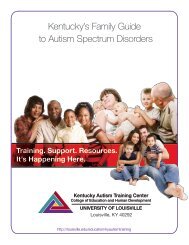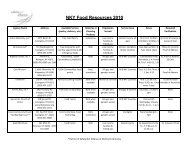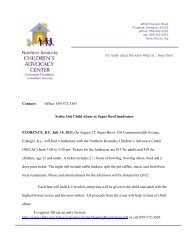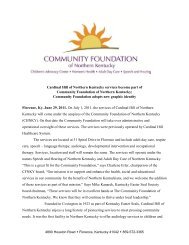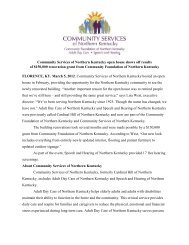Medical Research: A Consumer's Guide for Participation
Medical Research: A Consumer's Guide for Participation
Medical Research: A Consumer's Guide for Participation
Create successful ePaper yourself
Turn your PDF publications into a flip-book with our unique Google optimized e-Paper software.
consent rules. The IRB may also have special duties to<br />
minimize risk and protect these volunteers. There are<br />
some kinds of research in which vulnerable populations<br />
cannot usually participate. These special rules<br />
are intended to provide extra protection to vulnerable<br />
individuals.<br />
It is important to understand the definitions of each<br />
vulnerable population. Under the federal rules, a<br />
woman is considered “pregnant” from the time<br />
conception is confirmed until the child has been<br />
delivered. A “fetus” is the product of conception from<br />
implantation until delivery (from HHS regulations on<br />
the protection of human subjects). A “prisoner” is<br />
someone who has been confined or detained against<br />
her will in a penal institution or a similar facility. A<br />
prisoner can also be someone who is being held while<br />
awaiting arraignment, trial, or sentencing. A “child” is<br />
a person who is not yet old enough to legally consent<br />
– generally under the age of 18. In some states,<br />
teenagers are allowed to consent <strong>for</strong> certain kinds of<br />
medical care. Whether that confers the right to<br />
consent to research is a question of state law. If a child<br />
is a “ward” of the state, extra protections are provided.<br />
A ward is a child who is placed in the legal custody of<br />
the State, a child welfare agency, or an institution.<br />
Other “at-risk” volunteers may include people who:<br />
• Have limited ability to understand complex ideas.<br />
• Have impaired ability to make decisions.<br />
• Are at risk <strong>for</strong> suicidal behaviors.<br />
There are no specific regulations to protect these atrisk<br />
populations but some researchers will offer<br />
special protections to these individuals.<br />
12


